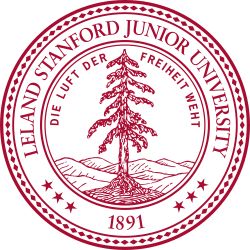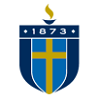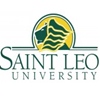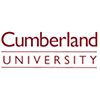Cumberland University is the University of Cumberland. Here is a detailed introduction to the school:
History and Background
Founding time: The school was founded in 1842 by the Cumberland Presbyterian Church and obtained a charter from the state of Tennessee in 1843.
Development history: In 1847, the school added the first law school in Tennessee and the first law school west of the Appalachian Mountains; in 1854, a seminary was opened. During the American Civil War, the campus was almost destroyed, but it recovered quickly after the war. In 1892, the school moved to its current location, and in 1896, the tallest building on campus, the Memorial Hall, was built. After many changes and developments in the 20th century, it was restored as a four-year degree-granting institution in 1982 and has continued to use the old name of the University of the Cumberlands.
Religious background: The school has a deep connection with the Cumberland Presbyterian Church. It was founded and supported by the church in the early days. Although it has undergone some changes in ownership and management in its later development, religious traditions and values still have an impact on the school's educational philosophy and campus culture to a certain extent.
School size and environment
Number of students: There are currently about 2,550 students.
Campus area and facilities: The campus is located in Lebanon, Tennessee. Its historical buildings were mainly built between 1892 and 1896. The campus environment is beautiful and rich in historical heritage. The school is equipped with modern teaching facilities and comfortable living facilities, such as libraries, laboratories, student dormitories, restaurants, etc., providing students with good learning and living conditions.
Accommodation conditions: The school has five dormitory buildings, providing students with a variety of accommodation options and living experiences. Students who choose to live on campus can enjoy traditional university life, which is convenient and full of fun.
Academic strength
Professional settings:
Undergraduate majors: There are 32 undergraduate majors and 31 minor majors, covering nursing, education, sports training education, school education, biology, criminal trial, English, history, human and social sciences, mathematics, psychology, dental hygiene, dentistry, law, medicine, pharmacy, physical therapy, veterinary medicine, music, art and many other disciplines.
Graduate majors: MBA courses and graduate majors in education, science and other fields are provided, and more than 50 majors are also opened. Graduate and doctoral programs, covering business, psychological counseling, justice, education, health, information technology, leadership, pharmacy, religion, etc.
Teaching characteristics: Focus on combining traditional liberal arts values with modern practical methods, through traditional undergraduate courses, graduate studies and online courses, etc., to help students prepare for future careers and cultivate students' critical thinking, practical skills and leadership.
Faculty: 70% of teachers have obtained the highest degree in their field, and 60% of teachers have been teaching for more than 10 years, and can provide students with high-quality teaching and professional guidance.
School ranking: Ranked on the U.S. News and World Report 2007 list of the best universities in the United States, ranked in the top 100 in the South.
Campus life
Student organizations and activities: The school has 55 student organizations, honor societies and interest groups. Students can participate in them according to their interests and hobbies, customize their campus life, make friends, enrich their extracurricular life, and also exercise their teamwork and leadership skills.
Sports activities: It is a member of NAIA- Mid-South, with 31 There are 38 male and female sports teams that often participate in various competitions and have won national championships. Students have the opportunity to participate in various sports events, show their sports talents, and cultivate team spirit and competitive awareness.
Community Service: Students in the school are keen on community service and invest nearly 5,000 hours of volunteer service in the community every year, such as participating in activities such as the construction of Habitat for Humanity. Through these activities, students can not only give back to the society, but also enhance their sense of social responsibility and civic awareness.
-

Harvard University
-

Massachusetts Institute of Technology
-

South University
-

University of West Georgia
-

Stanford University
-

Northwest Nazarene University
-

Hawaii Pacific University
-

Shorter University
-

Nova Southeastern University
-

Saint Leo University
-

Mesoamerican University
-

Istmo University
-

Mariano Galvez University of Guatemala
-

Regional University of Guatemala
-

Galileo University
-

Francisco Marroquín University
-

Rafael Landívar University
-

University of the Valley of Guatemala
-

University of San Carlos of Guatemala
-

Technological Institute of Tlaxcala Plateau
-

Golfo University
-

Technological University of South Sonora
-

Technological University of Huejotzingo
-

Tizimín Institute of Technology
-

Chilpancingo Institute of Technology

